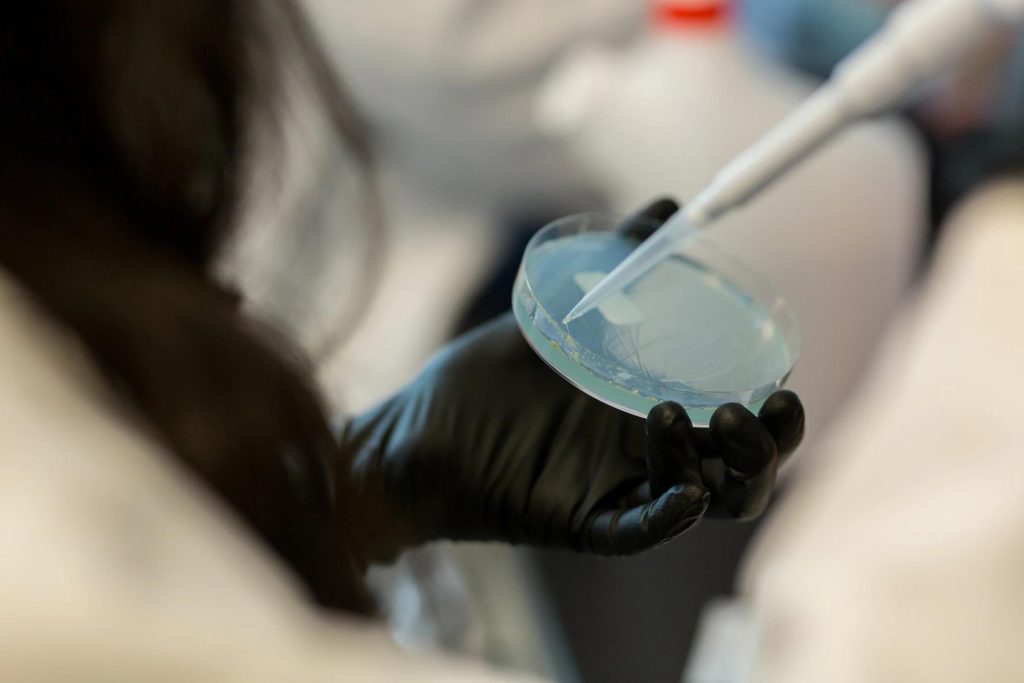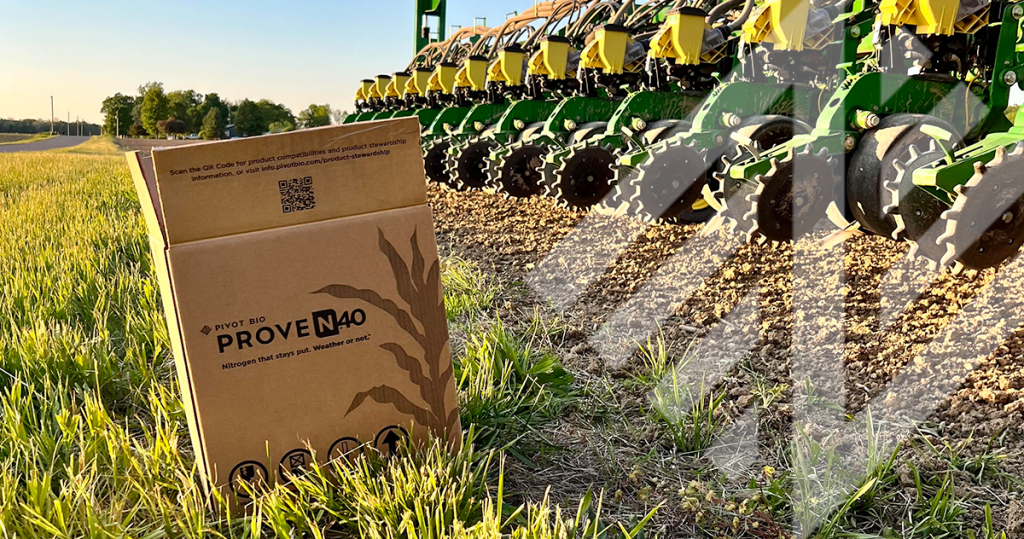Complexity Is The Key to Better Nitrogen

The complex relationships between microbes, their environment, and the crop is a mystery we’re just starting to unravel.
As a scientist, I am fascinated by the complexity of the world around me. The soil is no different. In one teaspoon of soil, there are millions of microbes all working together to produce an environment in which our crops are grown. Some of these microbes generate a healthy environment for the crops we grow, some do not. It’s my job to know which is which.
Finding the “Hero” Microbe
As the senior scientist on Pivot Bio’s strain optimization team, I work with my team to examine microbes isolated from soil samples taken across the U.S. Soil microbes moderate the interaction between plant roots and their environment, and each plays a unique role – whether it’s helping a plant survive drought or salty soils, fend off pests, or provide nutrients to the growing plant.
Our goal is to identify and cultivate the strain that can provide the necessary nutrients (fix nitrogen) to support our nitrogen hungry crops. We study each microbe strain, examining its genetic capabilities and identifying areas where the microbes could run more efficiently. In many ways, nitrogen-fixing microbes are like factories, converting atmospheric nitrogen gas (N₂) to plant-available nitrogen (NH₃) – aka, ammonia. But microbes also adapt and respond to their environment. Our job is to find those microbes that operate at a high level in one very specific environment: the fields of modern agriculture.
Why is the Nitrogen-Fixing Microbe Better than Synthetic Nitrogen?
To understand why microbial nitrogen is more sustainable than synthetic nitrogen, we have to look at the nitrogen cycle. Nitrogen is a highly reactive molecule, partnering with oxygen and hydrogen to become ammonia, nitrate, nitrite, and nitrous oxide. Agriculture makes use of ammonia and nitrate in a productive cycle. The plant takes up these forms of nitrogen and converts it into the proteins and pigments that enable plants to turn carbon dioxide into sugar and starch through photosynthesis.
Synthetic nitrogen fertilizer is applied to the soil with the hope that it’s still there when plants need it most. This delivery system is flawed, however, as weather can cause almost half of applied synthetic fertilizer to be lost to leaching into waterways or as nitrogen gas into the atmosphere. The unintended consequences of nitrogen loss include algal blooms that pollute waterways, for example, or the release of nitrous oxide, a potent greenhouse gas.
By using Pivot Bio’s microbial nitrogen, on the other hand, farmers can mediate nitrogen loss. We’ve identified the microbes natural to a crop’s specific microbiome with the genetic code for nitrogen fixation, and edited the microbe’s own genetic code to supercharge its nitrogen fixing powers. Applied at planting, our microbes naturally associate to the root and continuously fix nitrogen, providing the plant with precise, steady biofertilizer throughout the growing season, regardless of weather. Over the course of a growing season, a consistent nitrogen source like Pivot Bio PROVEN™ means healthy crops and a good harvest for the farmer.
With millions of microbial species to discover and a web of interactions as intricate as any other ecosystem, I believe that I won’t ever find strain engineering boring! Embracing and exploring the complexity of the natural world is at the heart of what Pivot Bio does. I’m excited to lead a team dedicated to unraveling this mystery – providing farmers with the most sustainable, productive tools for crop nutrition.


